Home>Maintenance & Safety>Child & Elderly Safety at Home>How To Anchor A Booster Seat
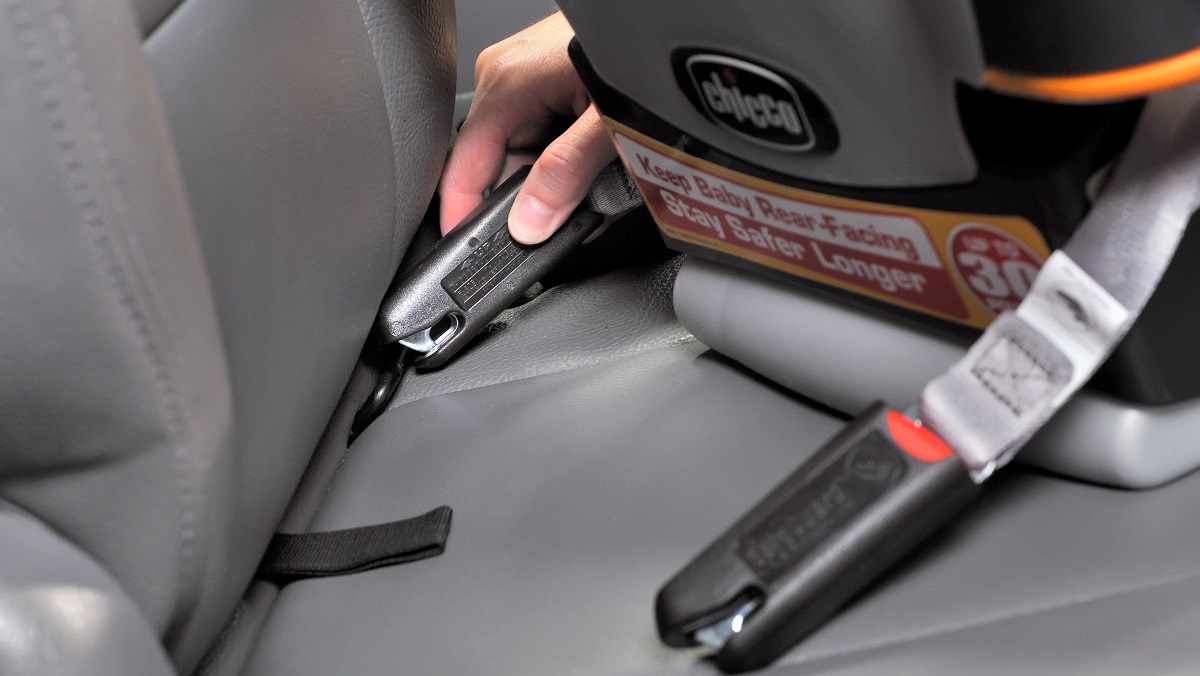

Child & Elderly Safety at Home
How To Anchor A Booster Seat
Modified: February 29, 2024
Learn how to properly anchor a booster seat for child and elderly safety at home. Follow these essential tips to secure your booster seat and keep your loved ones safe.
(Many of the links in this article redirect to a specific reviewed product. Your purchase of these products through affiliate links helps to generate commission for Storables.com, at no extra cost. Learn more)
Introduction
Ensuring the safety of children while traveling in a vehicle is a top priority for parents and caregivers. One essential aspect of this safety protocol is properly anchoring a booster seat in the car. Booster seats are designed to elevate a child to the correct height for the seat belt to fit properly, providing crucial protection in the event of a collision. However, simply placing a booster seat in the car is not sufficient to guarantee its effectiveness. It must be correctly anchored to ensure stability and security.
In this comprehensive guide, we will walk you through the essential steps to properly anchor a booster seat in your vehicle. By following these guidelines, you can provide your child with a safe and secure seating arrangement, giving you peace of mind as you embark on your journeys. Whether you are a seasoned parent or a new caregiver, understanding the proper procedure for anchoring a booster seat is crucial for the safety of the precious young passengers in your care.
Properly anchoring a booster seat involves more than just securing it to the car seat. It requires attention to detail, adherence to specific guidelines, and a commitment to ensuring the safety of the child riding in the booster seat. By following the steps outlined in this guide, you will gain the knowledge and confidence to anchor a booster seat effectively, creating a secure environment for the child and promoting a safe and enjoyable travel experience for everyone involved.
Now, let's delve into the step-by-step process of positioning, securing, and testing the stability of a booster seat in your vehicle. By the end of this guide, you will have the expertise to anchor a booster seat with precision and care, ensuring the safety and well-being of the young passengers who rely on your diligence and attention to detail.
Key Takeaways:
- Position the booster seat in the back seat, away from airbags, and ensure it’s upright and aligned with the car seat. This creates a safe and comfy seating spot for kids during car rides.
- Secure the booster seat tightly using the car’s seat belt or LATCH system, and test its stability by checking for any movement or tilting. This ensures a secure and reliable seating arrangement for kids’ safety.
Read more: How To Install A Booster Seat
Step 1: Positioning the Booster Seat
Proper positioning of the booster seat is the foundational step in ensuring the safety and comfort of the child during car rides. The first consideration is selecting an appropriate seating location for the booster seat. It is recommended to place the booster seat in the back seat of the vehicle, as this is the safest area for children. Additionally, it is crucial to choose a seating position where the booster seat can be securely anchored, such as a spot with a stable and well-defined car seat.
Once the location is determined, it's essential to position the booster seat in an upright manner, ensuring that it rests firmly against the vehicle's seat back. This alignment is vital for maintaining stability and minimizing movement during travel. Furthermore, the booster seat should be placed in a position that allows the child to have a clear view of the road and enables easy access to the seat belt buckle. This not only enhances the child's comfort but also promotes a sense of security and independence.
Another critical aspect of positioning the booster seat is considering its proximity to airbags. It is crucial to avoid placing the booster seat in a seating position equipped with a frontal airbag, as this can pose a significant safety risk to the child. Always refer to the vehicle's manual for specific guidelines regarding airbag safety and child seating arrangements.
Moreover, when positioning the booster seat, it's important to ensure that the vehicle's seat is adjusted to provide adequate support to the booster seat. This involves adjusting the vehicle's seat to achieve a stable and level surface for the booster seat to rest on. Additionally, the booster seat should be aligned with the vehicle's seat contours to maximize contact and stability.
By meticulously following these positioning guidelines, you can lay the groundwork for a secure and comfortable seating arrangement for the child. This initial step sets the stage for the subsequent process of securing the booster seat, ultimately contributing to a safe and enjoyable travel experience for the young passenger.
Step 2: Securing the Booster Seat
Securing the booster seat is a critical step in ensuring the safety and stability of the child during car rides. Properly anchoring the booster seat minimizes the risk of movement and displacement, providing essential protection in the event of sudden stops or collisions. To effectively secure the booster seat, it is essential to utilize the available anchoring mechanisms and follow specific guidelines for optimal safety.
The first aspect of securing the booster seat involves utilizing the vehicle's seat belt or LATCH (Lower Anchors and Tethers for Children) system, depending on the specific design of the booster seat and the car. If the booster seat is equipped with a LATCH system, carefully follow the manufacturer's instructions for attaching the LATCH connectors to the designated anchor points in the vehicle. This process typically involves securing the connectors to the lower anchors and tether anchor, ensuring a snug and secure fit.
In the absence of a LATCH system, the booster seat can be secured using the vehicle's seat belt. Begin by threading the seat belt through the designated belt path on the booster seat, following the manufacturer's guidelines for proper positioning and alignment. Once the seat belt is securely threaded, engage the seat belt's locking mechanism to eliminate any slack and ensure a firm hold on the booster seat.
After securing the booster seat with the seat belt or LATCH system, it is crucial to verify that the installation is tight and free from excessive movement. Apply firm pressure to the booster seat and pull on the seat belt or LATCH strap to remove any remaining slack. This step is essential for achieving a secure and stable installation, minimizing the risk of the booster seat shifting during travel.
Furthermore, it is important to double-check the positioning of the seat belt or LATCH connectors to ensure they are not twisted or misaligned. Proper alignment of the connectors and the seat belt within the designated belt path is essential for maintaining the integrity of the booster seat's anchoring system.
Additionally, always refer to the booster seat's manual and the vehicle's guidelines for specific instructions on securing the booster seat. Each booster seat and vehicle may have unique requirements, and adhering to the manufacturer's recommendations is crucial for optimal safety.
By meticulously following these steps and guidelines, you can effectively secure the booster seat, providing the child with a stable and secure seating arrangement. This commitment to proper anchoring enhances the safety and comfort of the young passenger, reinforcing the importance of prioritizing child safety during car travel.
When anchoring a booster seat, make sure to use the seat belt or LATCH system to secure it tightly to the vehicle seat. Check the booster seat’s manual for specific instructions on how to properly anchor it.
Step 3: Testing the Stability
Once the booster seat is positioned and securely anchored in the vehicle, it is crucial to conduct a thorough assessment of its stability. Testing the stability of the booster seat is a critical step in ensuring that it can withstand the forces exerted during travel, providing the child with a secure and reliable seating arrangement.
Begin by applying firm pressure to the booster seat, pressing it into the vehicle's seat back and cushion. This action allows you to evaluate the resistance and stability of the booster seat's anchoring system. A properly secured booster seat should exhibit minimal movement and remain firmly in place, indicating a secure installation.
Next, gently attempt to wiggle the booster seat from side to side. Any excessive movement or shifting indicates that the booster seat may not be adequately secured. If movement is detected, revisit the anchoring process, ensuring that the seat belt or LATCH system is tightened to eliminate any slack. Additionally, verify that the booster seat is positioned against the vehicle's seat back with optimal contact and support.
Furthermore, it is essential to assess the stability of the booster seat by engaging the vehicle's seat belt buckle and ensuring that it latches securely. The seat belt should fit snugly across the child's body and the booster seat, without any twists or tangles. This step confirms that the booster seat remains stable and properly aligned when the seat belt is engaged, enhancing the overall safety of the seating arrangement.
Another aspect of testing the stability involves observing the booster seat from various angles to detect any signs of tilting or misalignment. The booster seat should maintain a level and upright position, with consistent contact with the vehicle's seat back and cushion. Any tilting or unevenness may indicate an insecure installation, requiring adjustments to enhance stability.
Additionally, consider the comfort and posture of the child seated in the booster seat. A stable and properly anchored booster seat contributes to the child's comfort and confidence during travel, allowing them to sit upright and securely without experiencing unnecessary movement or discomfort.
By meticulously testing the stability of the booster seat, you can ensure that it provides the child with a secure and reliable seating arrangement. This commitment to evaluating the booster seat's stability reinforces the importance of prioritizing child safety and well-being during car travel, ultimately contributing to a safe and enjoyable journey for the young passenger.
Conclusion
In conclusion, properly anchoring a booster seat in a vehicle is a fundamental aspect of ensuring the safety and well-being of children during car travel. By meticulously following the steps outlined in this guide, caregivers and parents can create a secure and reliable seating arrangement for young passengers, promoting a safe and enjoyable travel experience for all.
The process begins with the crucial step of positioning the booster seat in the back seat of the vehicle, ensuring that it is upright, securely aligned with the vehicle's seat back, and positioned away from airbags. This initial positioning sets the stage for the subsequent steps, laying the foundation for a stable and secure seating arrangement.
Securing the booster seat is the next vital step, involving the utilization of the vehicle's seat belt or LATCH system to anchor the booster seat firmly in place. Careful attention to detail and adherence to the manufacturer's guidelines are essential for achieving a snug and secure installation, minimizing the risk of movement and displacement during travel.
Testing the stability of the booster seat is a critical final step, allowing caregivers to assess the integrity of the installation and make any necessary adjustments to enhance stability. By conducting thorough evaluations and ensuring minimal movement or tilting, caregivers can provide children with a secure and reliable seating arrangement, reinforcing the importance of prioritizing child safety during car travel.
By prioritizing the proper anchoring of booster seats, caregivers and parents demonstrate their commitment to the safety and well-being of the young passengers in their care. This dedication to child safety extends beyond the physical act of securing a booster seat; it encompasses a mindset of vigilance, responsibility, and care for the precious lives entrusted to their protection.
In essence, anchoring a booster seat is not merely a procedural task; it is a demonstration of love, care, and unwavering commitment to safeguarding children during their travels. By following the guidelines outlined in this comprehensive guide, caregivers and parents can embark on their journeys with confidence, knowing that they have taken the necessary steps to provide children with a secure and stable seating arrangement, fostering a safe and enjoyable travel experience for all.
Frequently Asked Questions about How To Anchor A Booster Seat
Was this page helpful?
At Storables.com, we guarantee accurate and reliable information. Our content, validated by Expert Board Contributors, is crafted following stringent Editorial Policies. We're committed to providing you with well-researched, expert-backed insights for all your informational needs.

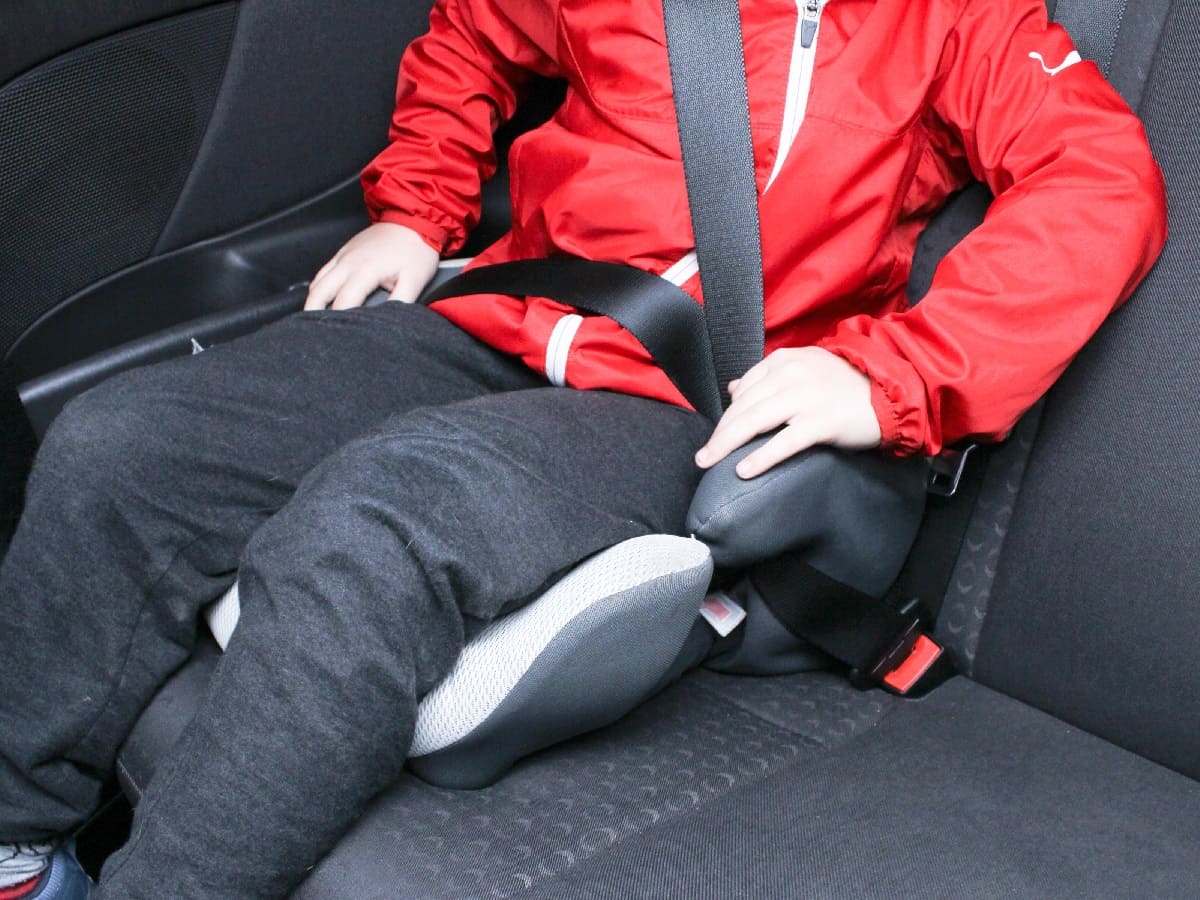

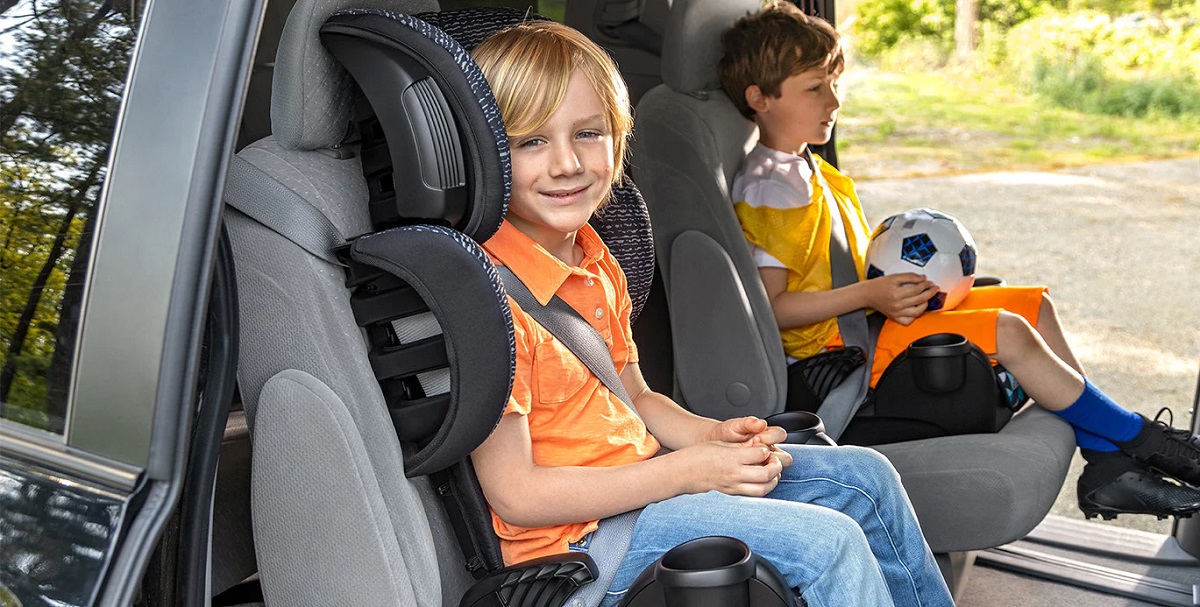
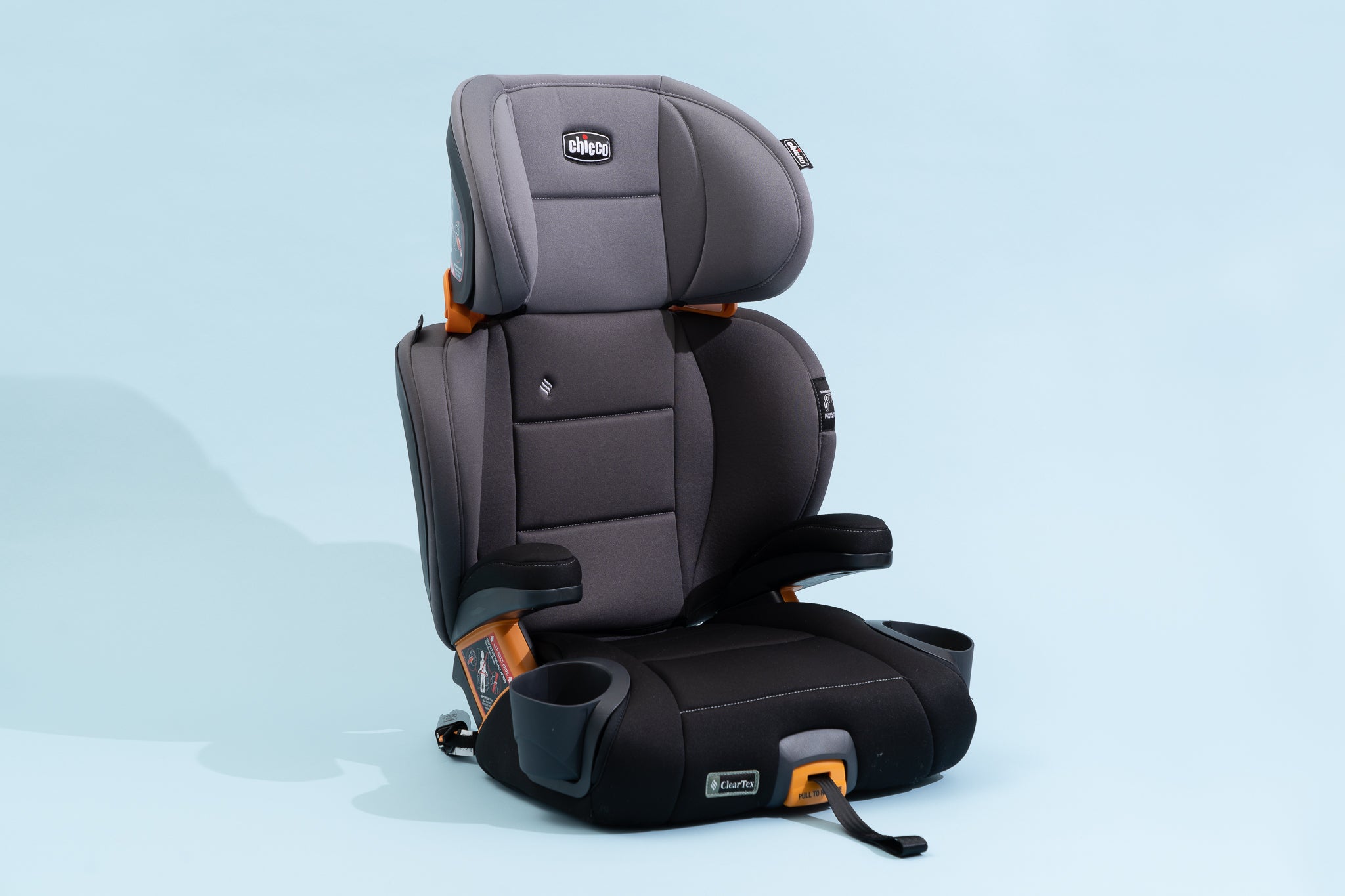



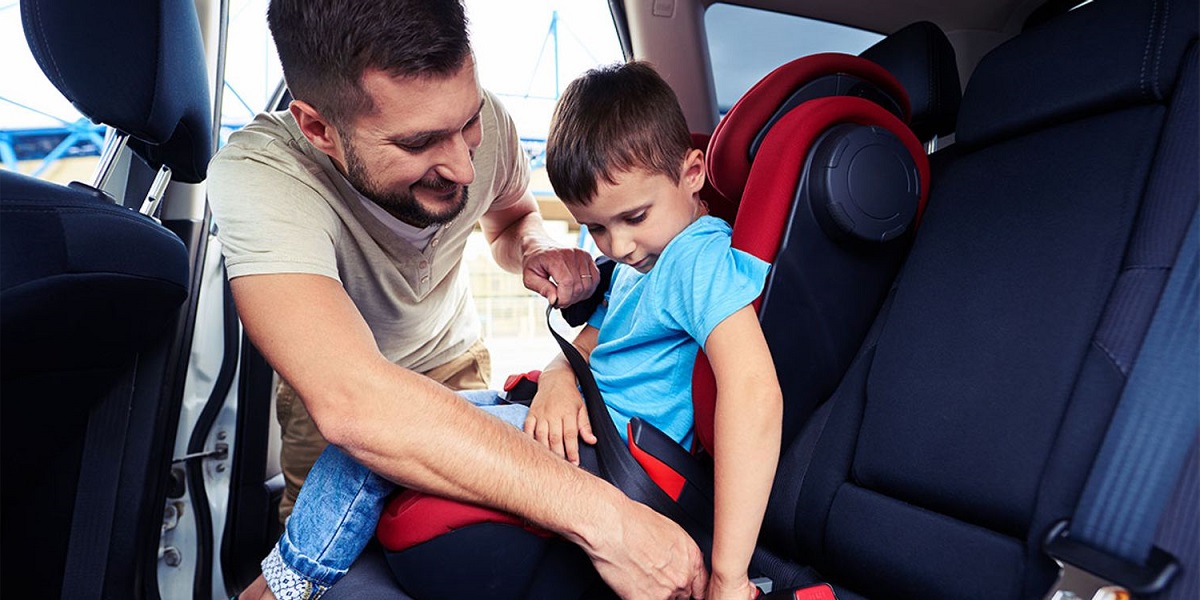

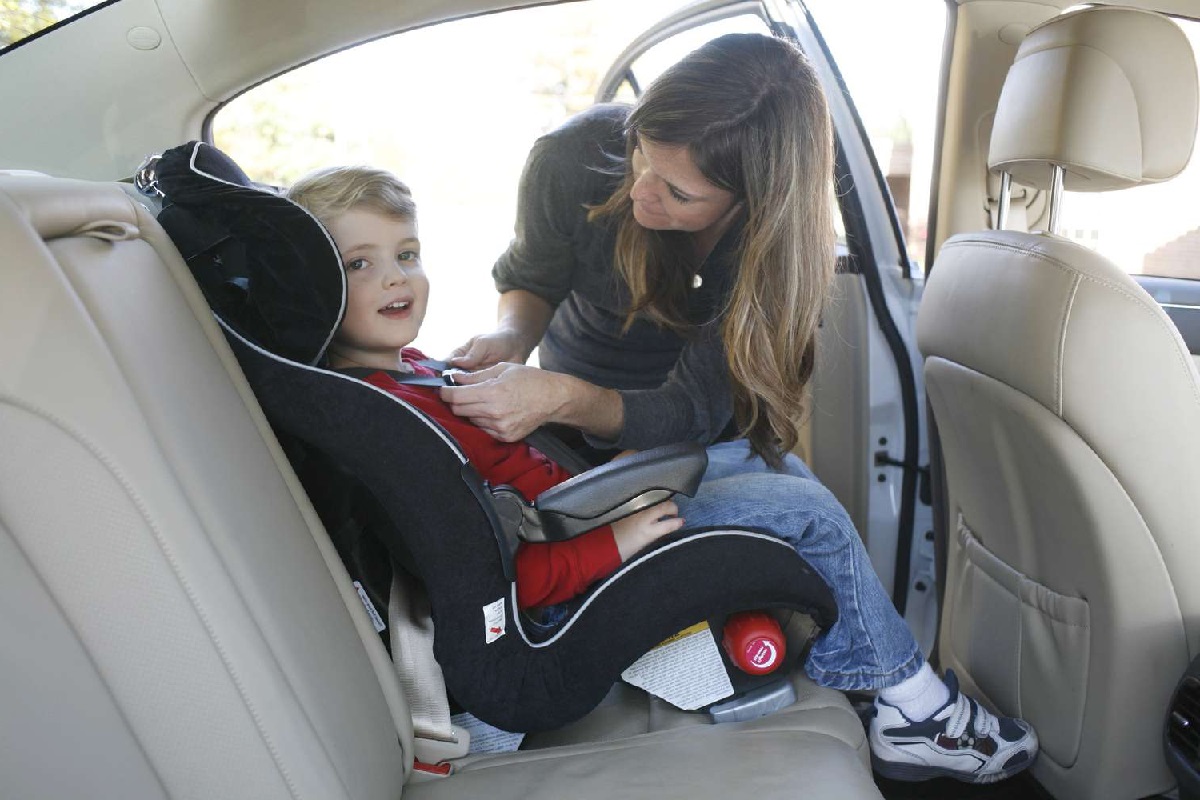


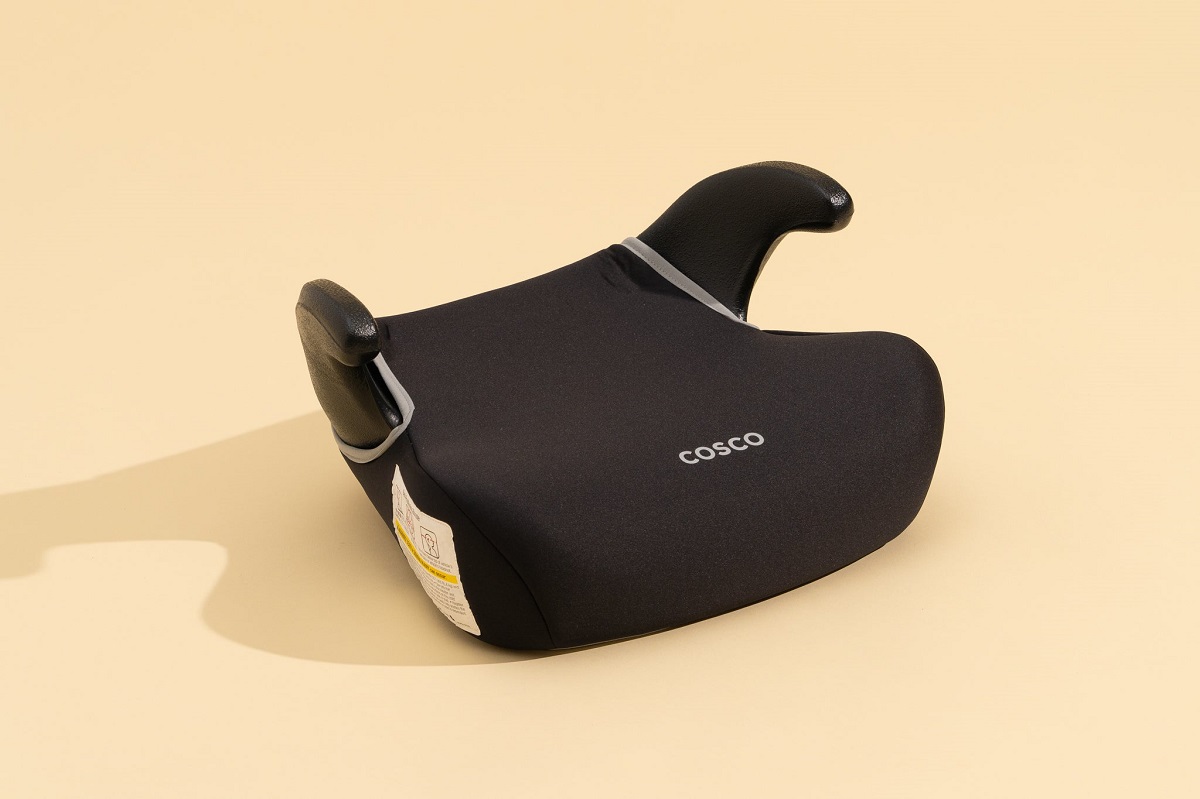
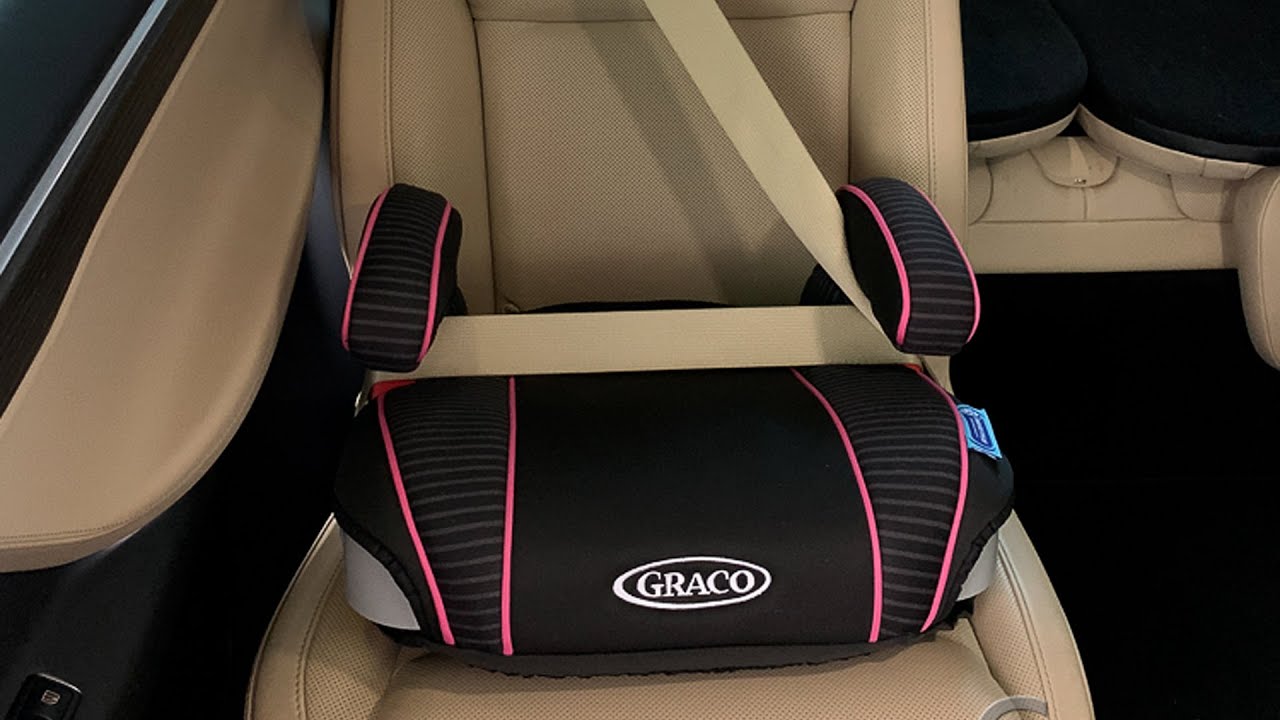

0 thoughts on “How To Anchor A Booster Seat”